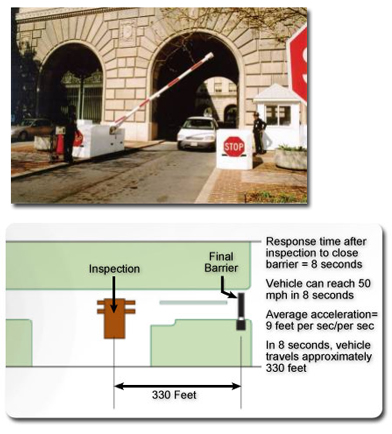Selecting an applicable crash beam (or guardrail) entails contemplating numerous factors to guarantee that it effectively serves its purpose and meets security requirements. Here are the vital thing components to contemplate when deciding on a crash beam:
1. Regulatory Compliance and Standards:
Local Regulations: Adhere to native, state, and national laws governing road security and crash barrier installations.
Safety Standards: Choose crash beams that meet recognized security standards, corresponding to these outlined by transportation authorities and safety organizations.
2. Road Type and Location:
Traffic Volume: Consider the volume and pace of visitors on the highway. Highways with high-speed site visitors require sturdier crash barriers.
Road Design: Evaluate the road structure, together with curves, slopes, and intersections. Different highway designs may require particular kinds of crash beams.
3. Type of Vehicles:
Vehicle Size: Consider the scale and weight of vehicles using the highway. Heavy industrial automobiles may require stronger crash beams.
Impact Severity: Assess the potential impression power of vehicles to determine the suitable crash beam energy and design.
four. Environmental Conditions:
Climate: Consider the local climate, including components like snow, ice, and heavy rainfall. Certain supplies might be higher fitted to particular weather conditions.
Corrosion Resistance: If the area is prone to corrosion as a outcome of salt, moisture, or other elements, select materials with wonderful corrosion resistance.
5. Material and Design:
Material: Crash beams are usually made of steel, concrete, or a mixture of supplies. Each material has its advantages; for example, steel is powerful and sturdy, while concrete is commonly used for its impact-absorbing properties.
Design: Evaluate the crash beam design, together with its top, size, and shape. Some designs are more practical at redirecting automobiles, reducing impact severity.
6. End Treatments and Terminals:
End Treatments: Choose applicable finish therapies like crash cushions, influence attenuators, or energy-absorbing terminals. official statement assist in dissipating the power of an impression.
Terminals: Consider the type of terminal connectors which might be appropriate with the chosen crash beam. Proper terminals ensure the crash barrier's effectiveness in real-world situations.
7. Maintenance and Repair:
Ease of Maintenance: Consider the convenience of inspection and maintenance. Some crash beams are designed for easier repairs and replacements, which can be essential for minimizing street closure occasions.
Availability of Spare Parts: Ensure that spare parts and alternative elements are available for the chosen crash beam system.
eight. Cost and Long-Term Durability:
Initial Cost: Balance the initial cost of the crash beam system with its long-term sturdiness and effectiveness. Cheaper choices may require extra frequent maintenance or alternative.
Life Span: Evaluate the anticipated lifespan of the crash beam, factoring within the material's sturdiness and resistance to put on and tear.
9. Expert Consultation:
Consult with Experts: If doubtful, seek the assistance of with engineers, road security experts, or crash barrier producers. They can present useful insights based mostly on their experience and experience.

Considering these elements comprehensively will help in deciding on a crash beam system that aligns with the precise requirements of the street, guaranteeing enhanced safety for both drivers and pedestrians..
